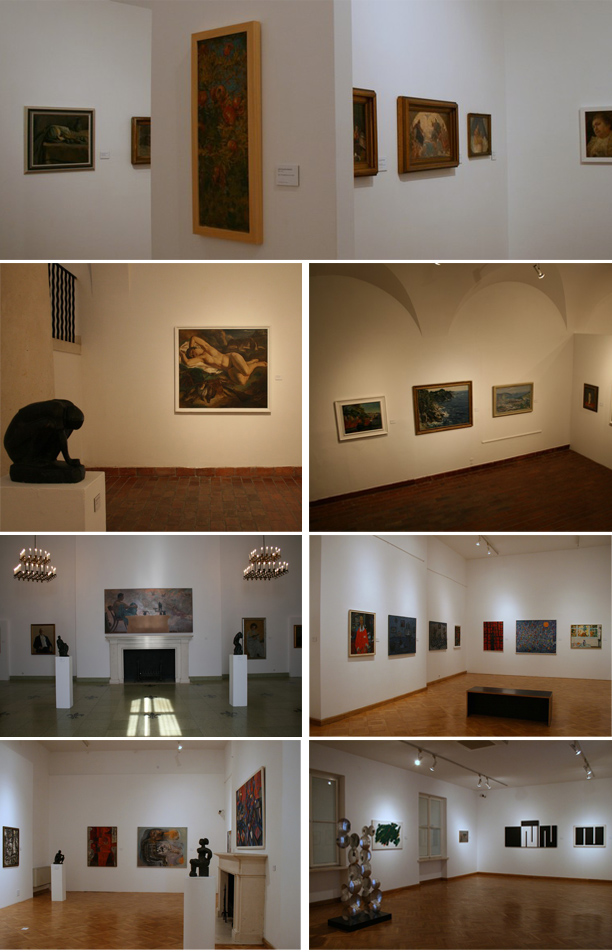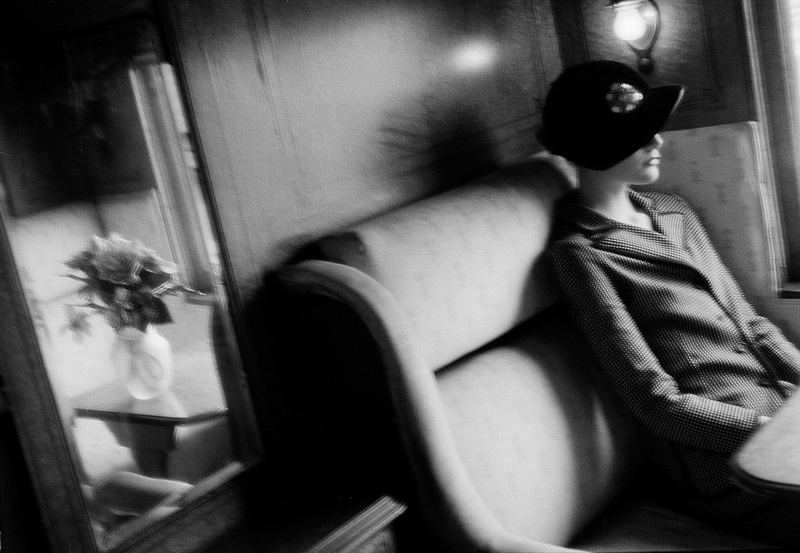ARCHIVE · 2013
LEON ZAKRAJŠEK
Susret kistom
kustosica: mr.sc. Vesna Delić Gozze
mjesto izlaganja: Galerija Dulčić Masle Pulitika, Atelijer Pulitika
21. prosinca 2013. – 26. siječnja 2014.
Izložba «Susret kistom» poznatog slovenskog umjetnika predstavlja 35 radova (monotipije izložene u Galeriji Dulčić Masle Pulitika i akrilici izloženi u Atelijeru Pulitika), koji su nastali u posljednje tri godine i inspirirani su nasljeđem tradicionalne japanske umjetnosti.
....."Okupiranost Zakrajšekove pozornosti dijelom japanskoga tradicionalnog izražavanja može se ogledati kao interpretacija Zapadnjaka koji je dostatno, a kako priliči polju umjetnosti i nikad potpuno, ušao u zabranu vrijednosnog poimanja jednoga, japanskog Drugoga. Teoretiziranje o Drugome može biti i kliše kojim se, iako blagonaklono, priznaje pravo na drugi način, ali u praksi to razumijevanje je češće obilježeno nedostatkom potrebe za približavanjem onom različitom i drukčijemu čija bi blizina mogla poremetiti vlastiti, prihvaćeni "red stvari". Zato je ovoj analizi bliskija teza da je, primijenjena na kreativni rad, boravak u drugoj sredini ponajprije prilika za prepoznavanje sebe u drugome ma koliko taj bio egzotičan kao i mogućnost harmonične korespondencije s vlastitim promišljanjima i osjećajima nastalim iz neprocjenjive šanse u sudaru s nepoznatim. Prilagođavajući se, mijenjamo sebe. Potom i sredinu koja nas je promijenila." ..... (mr.sc. Vesna Delić Gozze, iz teksta kataloga izložbe)
Biografija:
Leon Zakrajšek, rođen 1962. godine, djeluje u području apstraktnoga slikarstva i umjetničke grafike kao autor i promotor originalnoga grafičkog jezika. Studirao je na Akademiji za likovnu umjetnost Sveučilišta u Ljubljani. Likovno se razvijao na međunarodnim likovnim učilištima kao što su španjolski Centre Internacional de Recerca Gràfica, japanski Tama Art University kao stipendist japanske vlade, kao i u ateljeima za grafiku Hanga Kobo-Seya-ku gdje ga prati mentor Harumi Sonoyama i kod majstora drvoreza kao što su Fumio Kitaoka, Yuki Rei te Seiko Kawachi. Od godine 1987. član je Udruženja slovenskih likovnih umjetnika; od ljeta 1998. godine član je Kamakura Print Collection, a godine 1996. u Italiji je dobio naziv Cavaliere dell'Arte – Vitez umjetnosti. Samostalno izlaže od 1977. godine, od kada je izlagao na više od 120 samostalnih izložbi u Austriji, Kini, Francuskoj, Hrvatskoj, Italiji, Izraelu, Japanu, Sloveniji i Srbiji. Sudjelovao je na više od 230 grupnih izložbi na svim svjetskim kontinentima. Njegovi radovi su uključeni u mnoge privatne i institucionalne umjetničke zbirke diljem svijeta, a mnogi su od njih nagrađeni vrijednim nacionalnim i međunarodnim priznanjima Italije, Francuske, Malte i Japana. Živi i radi u Zagrebu.
MARKO RAŠICA (1883. – 1963. )
«No day without a line»
Retrospective exhibition
Author of the exhibition and the exhibition catalogue: Dr. Sanja Žaja Vrbica
Curator: Dr. Rozana Vojvoda
December 13th, 2013 - February 16th, 2014
The Marko Rašica exhibition comes in a significant anniversary year: 2013, 130 years since the painter's birth, and 50 years after his death. And it is also the third one-man show Rašica has had in the Dubrovnik Museum of Modern Art. The first was opened in 1963, organised after the painter's death to draw attention to the then somewhat forgotten Dubrovnik painter, and the next was presented in 1986.
The exhibiton presents more than one hundred and thirty art works from museums, collections of sacred art and private collections from Croatia and abroad. The author of the exhibition is Dr. Sanja Žaja Vrbica whose dissertation on Marko Rašica -the basis of the preface of the exhibition catalogue gives a thorough insight into his work and a positive evaluation in the light of new research.
Rašica's work was extremely diverse and comprehensive, including oil paintings, watercolours drawings. He also did works in various printmaking techniques – woodcut, linocut and lithography, he did reliefs in the technique of repoussage, produced wall paintings, frescos, stained glass and mosaics. When he lost his sight, he invented his own technique of painting with a redis pen in tempera and watercolour. He designed illustrations for books and journals, caricatures, was into textile design and painted in batik. He designed children's toys to be made on the lathe, and created jewellery done in filigree-work. He produced a number of set designs, and for a good many years worked as a teacher at the Crafts School and Technical College in Zagreb.
Rašica was a link between Medović and Ignjat Job, and the spur to some of Job's work is clear, and his place is among a handful of the most important Dubrovnik artists of the first half of the 20th century.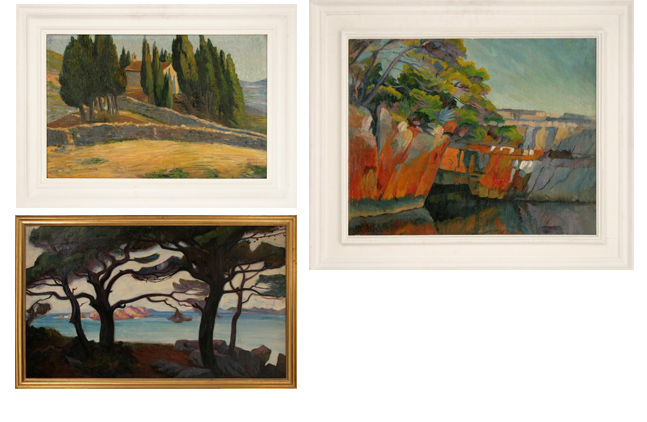
JOSIP ŠKERLJ
PORTRETI
6. studenoga – 15. prosinca, 2013.
kustosica izložbe: mr.sc. Vesna Delić Gozze
Izložba renomiranog dubrovačkog slikara Josipa Škerlja predstavlja oko četrdeset radova iz njegovog portretnog opusa. Prema riječima autorice izložbe mr.sc. Vesne Delić Gozze na primjerima Škerljevih portretnih slika može se pratiti bogata autorska putanja, od portreta primjerice Eme Škerlj s uporabom boje na tragu fovističke izrazite emocionalne snage i osamostaljenja boje, preko reminiscencija na plošnost kolorita Nabis grupe osobito radova Pierra Bonnarda, do ekspresionističkih, ali i divizionističkih izleta u nizu aotoportreta ili u kasnijoj prevlasti jasno definiranih i izoliranih škerljovskih volumena obilježenih zasićenim pigmentom.
Biografija:
Josip Škerlj rođen je u Dubrovniku 24. travnja 1941. godine gdje je završio osnovnu i srednju školu i dobio od Koste Strajnića prve poduke o slikarstvu. Na Akademiji likovnih umjetnosti u Zagrebu upisao se 1961. godine. Diplomirao je u klasi Otona Postružnika 1965. godine. Po završetku studija vratio se u Dubrovnik i zaposlio kao nastavnik likovnog odgoja. Sudjelovao je na brojnim skupnim izložbama i ostvario oko šezdesetak samostalnih izložbi.
Uz slikanje bavi se pisanjem i poezijom. Živi i radi u Dubrovniku.
PAINTING AND PHOTOGRAPHY FROM THE COLLECTION OF THE MUSEUM OF MODERN AND CONTEMPORARY ART DUBROVNIK
October 17th – December 8th, 2013
In the exhibition Painting and Photography from the collection of the Museum of Modern and Contemporary Art Dubrovnik, MOMCA Dubrovnik presents a selection from its lavish collection which numbers more than two thousand five hundred art works.
The evolution and the pluralism of Croatian modern painting is presented with art works by Vlaho Bukovac, Mato Celestin Medović, Emanuel Vidović, Vladimir Becić, Oskar Herman, Milivoj Uzelac, Ljubo Babić, Marino Tartaglia, Oton Postružnik Đuro Pulitika, Edo Murtić, Oton Gliha, Josip Vaništa, Marijan Jevšovar, Julije Knifer and other. Although much more fragmentarily, also possible to view in the exhibition is the art of the rest of the former state of Yugoslavia, through the works of important artists of the republics as they then were. Among them are Zora Petrović, Petar Dobrović, Milan Konjović, Peđa Milosavljević, Sava Šumanović, Milo Milunović, Petar Lubarda, Marij Pregelj and Janez Bernik.
The Collection of photographs is represented by donated photographs of famous Croatian photographer Mladen Tudor, by the last shots of the Dubrovnik photographer Pavo Urban, who met a tragic end in the Homeland War, by works of Mara Bratoš, Damir Fabijanić and sculptor Ivan Kožarić who produced several interesting photographic series. The visitors will have the opportunity to see the choice of works from the substantial donation by reknown American photographer Robert Farber and one work by famous American photographer Steve McCurry.
DUBRAVKA LOŠIĆ
PALIMPSEST FOR A CITY (1986-2013)
Concept and exhibition set-up: Dubravka Lošić, Margarita Sveštarov Šimat
August 9th – October 13, 2013
"Palimpsest for a city is the artist's dedication of an exhibition to the city of Dubrovnik. A kind of laying down and stratification of text on what has been written down already. Infiltration and emission of new meanings that arise via the rearrangement of the cycle. The arousal of intertextuality – when in the stated and new circumstances, what has come into being over decades – is neutralised and through a new gesture, new artefacts, is aroused and agitated with a new acoustics.
.....
At this exhibition Dubravka Lošić draws out partially summaries of her cycles, partially extensions of them and new agglomerations, and partially resonances of them. Resonance among them and resonances elicited by the space and its structural and function topoi that – with Dubravka's significations and fillings – are in one case rendered in their real meaning and in another turn into a meta-space of the symbolical and allegorical. The facade wall of the palace is a bulwark (Shield); the atrium is indeterminacy or hovering at the entry or before the exit (Sharks); the landings of the staircases are visions and lingering; the corridors are a comb, a columbarium, sepulchral panels, sequences, counting beads, significations, fixings (Rosary); the large room is allegory, feast, witnessing (Platters of the Chora, Portraits); rooms alongside
the hall are the crowed, polyphony (Runners, Moons, Marionettes); arcades of the great place are roundness, concealed moonshine, timpan (Acis and Galatea); the small terrace is a look out point (Tower/Burg); the rooms and windows of the upper floor are horizons, views, reflections and multiplications (Birds, Landscapes, Kalamota/Kolocep); the corridor with backs from the sea is the hinterland, the passage, shadow, closure (Woman's Room)......"
(Margarita Sveštarov Šimat, from the preface of the catalogue)
Biography:
Dubravka Lošić was born in Dubrovnik in 1964. She graduated from the School of Applied Arts in Zagreb. In 1988 she took a BFA in painting at the Academy of Fine Arts in Zagreb, class of Ferdinand Kulmer. She is ABD in the history of art at the Faculty of Philosophy of Zagreb University. She has exhibited since 1983 in solo and collective exhibitions at home and abroad. She has won several awards from this country, and in 1992 in Paris was pronounced painter of the quarter by Nouvel Art du Francaise. In addition to painting, installations and objects, she is also into set and costume design. She lives in Dubrovnik and makes her living as a freelance artist.
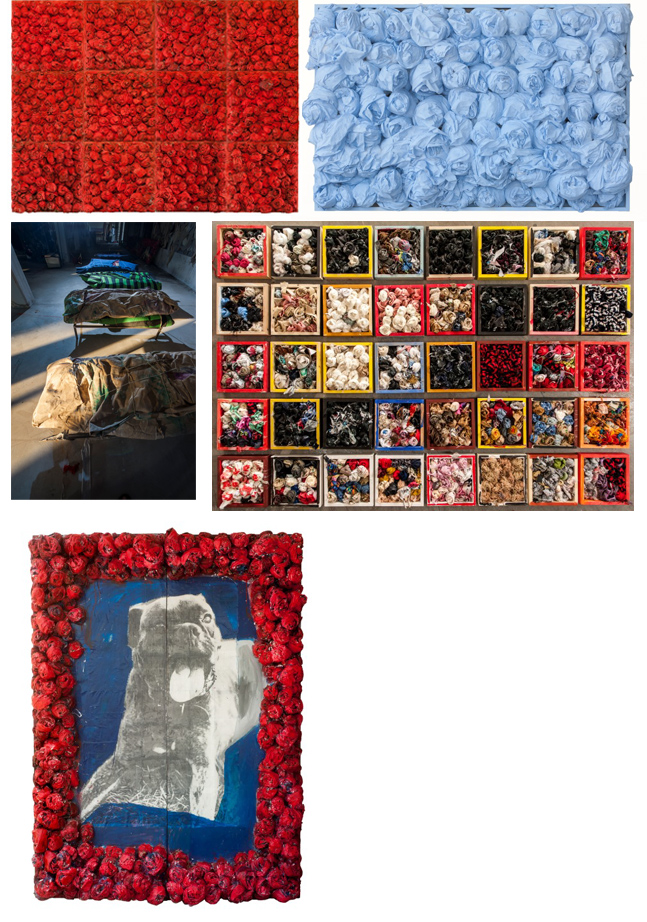
JAGODA BUIĆ - CARTA CANTA 2
Izložba je dio popratnog programa 64. Dubrovačkih ljetnih igara.
Umjetnička galerija Dubrovnik / Državni arhiv u Dubrovniku
31.7.2013. - kolovoz 2013.
Izložba je realizira u suradnji Dubrovačkih ljetnih igara, Umjetničke galerije Dubrovnik i Državnog arhiva u Dubrovniku, a postavljena je na dvije lokacije – u Atriju palače Sponza i u Galeriji Dulčić Masle Pulitika.
Riječ je o četrdesetak djela rađenih u mediju papira koji pripadaju recentnom ciklusu (2004. godine – nadalje), a u Galeriji Dulčić Masle Pulitika izloženi su radovi nastali tijekom prošle i u ovoj godini.
Početak ovog ciklusa predstavljen je 2004. godine u Atriju palače Sponze (Carta canta 1) a bio je popraćen riječima Luka Paljetka: /.../ Jagoda Buić ovom izložbom odaje počast divoti papira, mjestu odakle svaki rukopis kreće u avanturu nedočitljivog smisla. Slijedi, kao i do sada, svoje polete i ulegnuća, zanosa i stanke zapitanosti, baš kao što to čini i njen rukopis od samog početka kada je u prste uzela onu svoju nit za hod kroz labirint. Odgađajući mogućnost raspleta labirint se sada stopio s papirom.
O izložbi Carta canta 2, Tonko Maroević, autor predgovora, navodi: /.../ Ciklusom nazvanim „Carta canta" Jagoda Buić je prije desetak godina otvorila novu dionicu svog rada, okrenula se oblikovanju u papiru, no pritom je sačuvala istu prvotnost odnosa kakva je bila karakteristična za njezine tapiserijske sklopove i za njezin taktilno-optički senzibilitet s preferencijama prema vuni, juti, sisalu, konoplji itd. Naime i papir je podjednako arhetipski i elementaran, podjednako izazovan kao podloga i struktura, podjednako otvoren da se njegovom teksturom potakne imaginativno putovanje kao što se to čini tkanjem i pretivom, nitima i čvorovima. /.../
U međuvremenu je taj ciklus znatno narastao i bitno je obogaćen novim iskustvima, pa u sada izloženim radovima možemo prepoznati i kontinuitete i iskorake iz standarda i matrice. /.../
Ravnateljica Umjetničke galerije Dubrovnik, Vesna Delić Gozze, zapisuje povodom izložbe: /.../ Mijenjajući materijale u kojima se izražava, Jagoda Buić ne gostuje slučajno ni u jednom mediju, ona ih suvereno prisvaja obzirom na poznavanje inherentnih osobina materijala koje oblikuje stvarajući polja upečatljive snage (Rosso con brio). Kao da neka nomadska vodilja Jagode Buić utječe da ona svugdje prepoznaje energiju kraja koju i sama uvijek nosi pa se osjeća da je kod kuće; iz te referencije autorica razaznaje autentičnosti mjesta i na najbolji način ih reinterpretira. Osjećaj za materiju i materičnost uzrok su da Jagoda Buić svoje predmete beziznimno nadahnuto privodi njihovom izvoru osobina, proizvodeći u promatrača osjećaj povratka izvornom okusu i prvotnom obliku.
Biografija
Jagoda Buić rođena je u Splitu. Studirala je na Akademiji primijenjenih umjetnosti i dizajna, te povijest umjetnosti na Sveučilištu u Zagrebu. Diplomirala je na Akademie für angewandte Kunst u Beču, te je studirala filmsku scenografiju u Cinecittà u Rimu i povijest kostimografije u Centro delle Arti e del Costume u Palazzo Grassi u Veneciji. Realizirala više od 120 projekata kao kostimografkinja i scenografkinja za opere, balete, drame i filmove u različitim zemljama. Njezin umjetnički pristup kazalištu sastoji se od inzistiranja na velikim prostornim ostvarenjima avangardnog duha, te interesu za mir i klasični svijet. Najpoznatija su joj ostvarenja: W. Shakespeare - Hamlet, Kralj Lear, Trgovac iz Venecije, Othello, Kako vam drago; Sofoklove i Eschillove tradegije; opere poput Turandot, Otello, Tosca, Lohengrein, Nabucco, Aida, Don Juan, Figarov pir, Traivata, Trovatore... Napisala je balet Apokalipsa prema sv. Ivanu i napravila adaptaciju Malog princa A. de Saint-Exupéryja.
Godine 1965. stvara svoju prvu tekstilnu formu u prostoru, koju je otkupio Muzej Stedelijk iz Amsterdama. Otada izlaže svoje monumentalne tekstilne instalacije na svjetskim bijenalima (Venecija, 1968., 1970., 2002.; São Paulo, 1967., 1975., 1979.; Lausanne, 1965., 1967., 1969., 1971., 1973., 1975., 1977., 1985., 1987.) i u najvažnijim svjetskim muzejima (Pariz, Düsseldorf, Rio de Janeiro, Buenos Aires, Bruxelles, Zürich, Tokio, Rim, Milano, Amsterdam, Oslo, Barcelona, Montreal, Chicago, New York, Madrid, Beč, São Paulo, Washington, San Francisco, Darmstadt itd.). Njezina su djela u mnogim javnim i privatnim umjetničkim zbirkama (Metropolitan Museum, New Yorku; Muzeju moderne umjetnosti, Pariz...). Gostujuća je profesorica na Royal College of Art u Londonu, Cranbrook Academy of Art u Denveru te na Atlantic Center for the Arts na Floridi. Posljednjih godina izlagala je u Rabatu, Sarajevu i Zagrebu gdje je u Muzeju za umjetnost i obrt 2010. godine imala retrospektivu.
Živi i radi u Dubrovniku, Veneciji i Parizu.
Jagoda Buić dobitnica je brojnih svjetskih i domaćih nagrada, među ostalim: 1954. – Beč, Akademija za primijenjenu umjetnost, Ehrenpreis, nagrada za najbolji diplomski rad; 1956. – Rim, prva nagrada na međunarodnom natjecanju kostima o temi Rima (s Božom Košak); 1957. – Zagreb, Nagrada Grada Zagreba; 1961. – Pula, Festival igranog filma, Nagrada Zlatna arena za kostimografiju; 1962. – Zagreb, Nagrada Grada Zagreba; 1965. – Sombor, Prva nagrada na izložbi jugoslavenske tapiserije; 1971. – Zagreb, Nagrada Vladimir Nazor; 1975. – São Paulo Biennale, Grand Prix Itamaraty; 1976. – Beč, Herderova nagrada; 1978. – Łódź, Medaille d'Honneur, nagrada kritike; 1991. – Angers, Nagrada grada Angersa za umjetničku instalaciju na povijesnim mjestima; 1994. – Pariz, Nagrada UNESCO-a za zasluge na području suvremenog stvaralaštva.
STJEPAN ŠANDRK
Introductory essay and exhibition layout by Andrija Seifried
July 11 – July 28, 2013
The exhibition of the young Croatian painter Stjepan Šandrk features eleven oil paintings created during 2012 and 2013. This is hyper-realistic painting, presenting scenes that were created from photographs of the visitors to the exhibition venues of various museums and galleries.
Andrija Seifried, who designed the layout of the exhibition and wrote the introductory essay, writes: "What indeed does this young painter, who has already made his name, show us with his hyper-realistic paintings, or rather, to what is he drawing attention? Now, it is clear to me that Stjepan Šandrk is a kind of voyeur of the events in museums and exhibition venues, who records motifs and who puts us, in the visual reinterpretation of them, in the position of voyeurs at one remove, someone watching the deja vu... With his paintings, Šandrk reveals the other side of the exhibition spectacle, at which with his voyeur's eye he records that decisive moment of observing the artist's exhibits, the moment with which he pulls us to into his voyeuristic act and makes us direct participants in the creative event."
Biography:
Stjepan Šandrk was born on March 31, 1984, in Osijek. In 2002 he graduated from the Applied Arts School in Osijek, and in 2006 took his BFA in painting from the Academy of Fine Arts in Zagreb, class of Igor Rončević. He is currently due to take his doctorate from the post-graduate course in painting at the same academy. He has exhibited at twelve solo shows and many collective exhibitions at home and abroad. He won the Academy of Fine Arts Prize for the Most Successful Graduates of 2005/2006; the Croatian Chamber of Economy Prize for the Best Graduate of 2005/2006, as well as a special commendation from the 20th Slavonian Biennial. He lives and works in Zagreb.
ssandrk.tumblr.com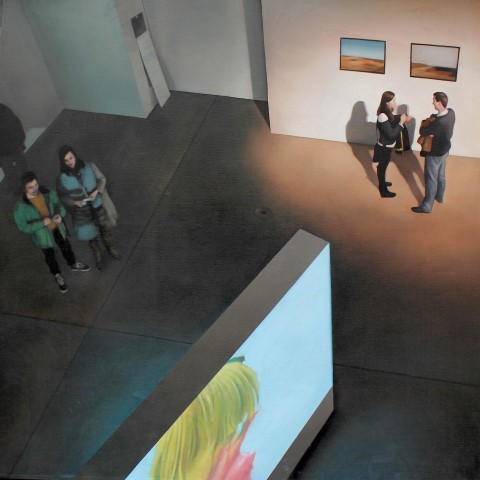
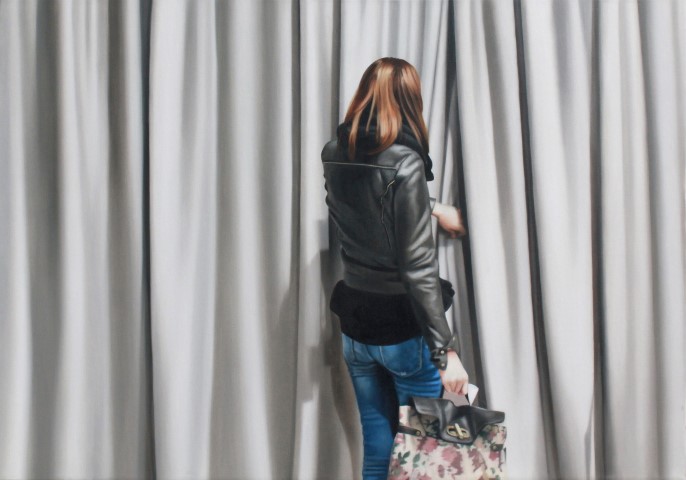
JOSIP TROSTMANN
A RETROSPECTIVE1963 - 2013
June 6 – August 4, 2013
Concept and exhibition set-up: Teo Trostmann and Josip Trostmann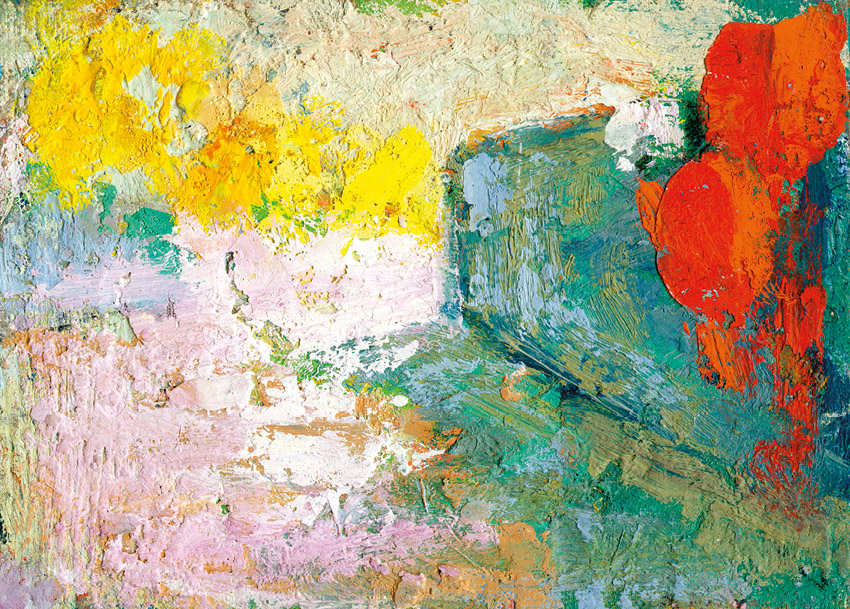
On Thursday, June 6, at 8 p.m. an exhibition of works by renowned Dubrovnik painter Josip Trostmann will open, in celebration of the fiftieth anniversary of his work in art. About eighty works will be on show, mainly oil paintings on canvas. The selection of works, which belong to various phases of the career, has been made by Teo Trostmann, who is also editor of the book/catalogue that will be promoted at the exhibition.
Josip Trostmann, as he himself says, has been fascinated by the landscape of his native region for fifty years. In the words of Tonko Maroević he is in terms of motif and typology and impassioned dedication the most thoroughly Dubrovnik contemporary painter, properties that make his work an invaluable section of the Croatian fine arts.
After closing in Dubrovnik, the exhibition will be shown in Split, in the Kula Gallery and the Milesi Palace, and subsequently in the Modern Gallery in Zagreb. The exhibition will be on view in Dubrovnik until August 4, 2013.
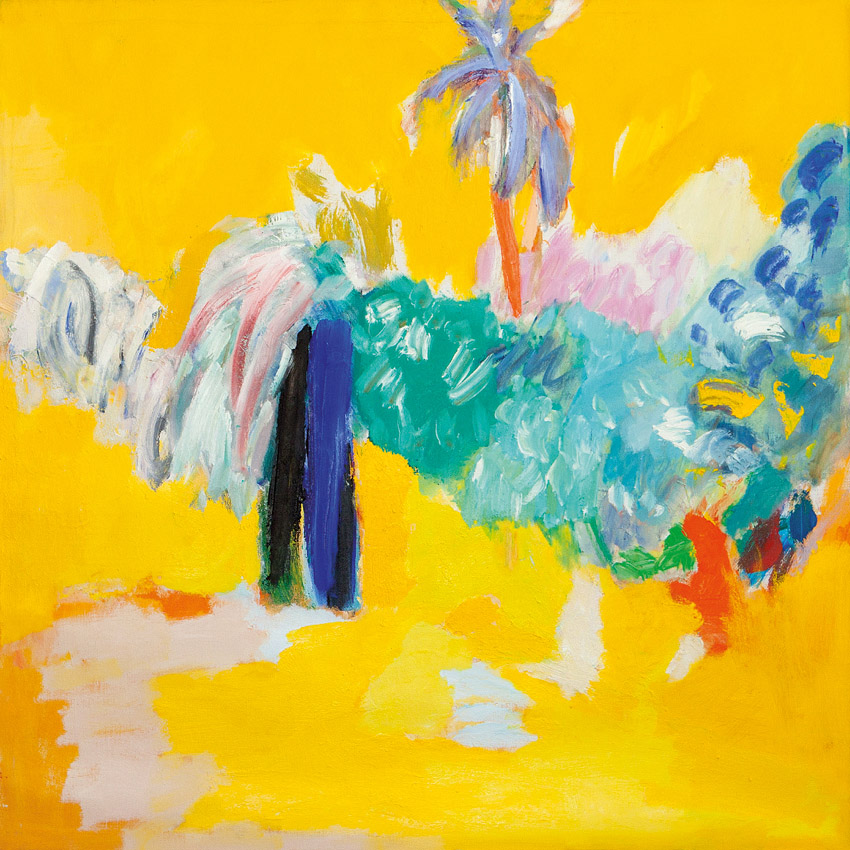
BIOGRAPHY
Josip Trostmann was born in Dubrovnik on June 9, 1938.
He spent his childhood in Dubrovnik, where he attended both grade school and secondary school. At the age of ten, he started to attend the evening school of portrait painting run by Dubrovnik painter Ivo Dulčić. He also visited the home of painter, art historian, critic and conservator Kosta Strajnić, who enthusiastically assisted young talents and directed their development in painting.
Trostmann took a BFA in painting at the Academy of Fine Arts in Zagreb in 1967, having been taught by Đuro Tiljak and Ivo Režek. The same year, he became a member of the Croatian Association of Fine Artists, and had his first solo show in Dubrovnik. From 1968 until a short time ago he also taught art, training many artists who have gone on to make their own reputations.
He has received commendations, praise, decorations and awards for his artistic work and for his teaching. Recently he was awarded a Prize of the Croatian Academy of Sciences and Arts for the highest scholarly and artistic achievements in the Republic of Croatia for 2012, in the area of the fine arts, for the retrospective exhibition An Intimate and Intuitive Biography of a Dubrovnik Painter, held in 2012 as part of the 63rd Dubrovnik Summer Festival.
Trostmann has had some fifty individual exhibitions, most of all in Dubrovnik and Zagreb, as well as in Orebić , Korčula , Metković, Split, Sinj, Karlovac, Varaždin, Budva, Mostar, Apeldoorn... He has also appeared in more than a hundred collective exhibitions at home and abroad. Josip Trostmann lives and works in Dubrovnik.
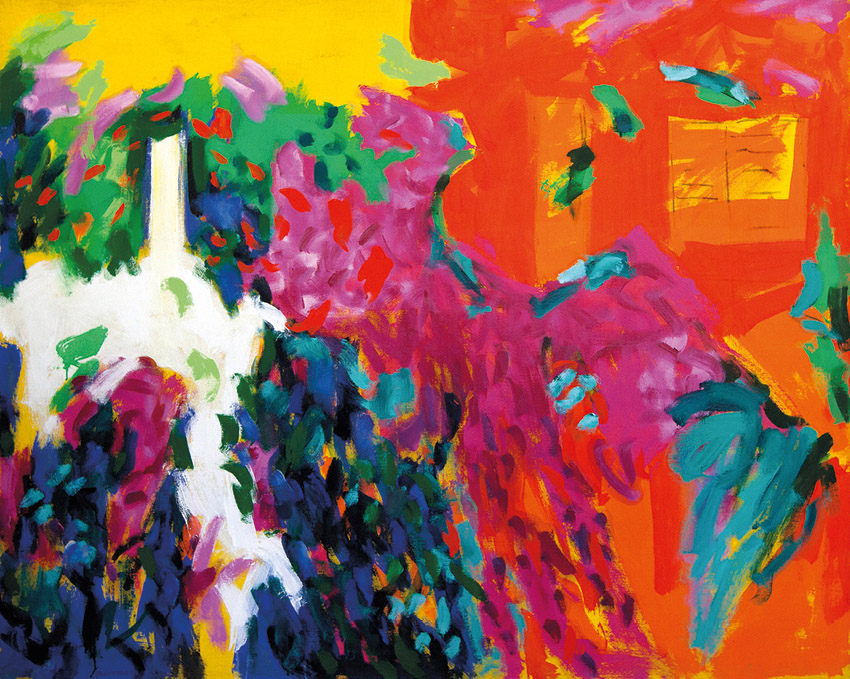
Álvaro Siza VIAGEM SEM PROGRAMA / A JOURNEY WITHOUT A PLAN / the Croatian experience
Curated by: Greta Ruffino, Raul Betti, Andrija Rusan
April 26th – May 26th, 2013.
The project Álvaro Siza “Viagem sem programa” was Collateral Event of the 13th International Architecture Exhibition – La Biennale di Venezia in 2012. It was set up with intention of exploring the innermost aspects of Álvaro Siza’s architectural work and concept of life via the drawings he created and personally selected for the project. These 53 drawings, created in his youthful years, during his travels from one end of the world to the other, at dinner parties with friends or moments free from ‘the burden of work’, disclose memoirs, observations, ironic stances and views concerning life’s intrinsic value. The exhibition in Dubrovnik is enriched with the drawings made by Álvaro Siza during the collaboration with the magazine Oris in Zagreb and Porto. The exhibition in Venice was organized by cultural association Medicina Mentis. The exhibition in Dubrovnik was coorganized by Oris-House of Architecture and the Museum of Modern and Cotemporary Art Dubrovnik.
Álvaro Siza -biography
Álvaro Siza was born in 1933 in Matosinhos, just north of Porto in Portugal. From 1949-1955, he studied architecture at University of Porto, School of Architecture. From 1955-1958, he collaborated with Portuguese architect Fernando Tavora. He began teaching at University of Porto in1966 and became full professor in 1976. He has taught and lectured outside Portugal at Harvard University, the Ecole Poytechniquc of Lausanne, Switzerland, and Los Andes University of Bogota. In 1992 he was awarded the Pritzker Architecture Prize and in 2009 he received the Royal Gold Medal for architecture awarded annually by the Royal Institute of British Architects. In 2012, he was awarded the Golden Lion for Lifetime Achievement at the opening of the 13th International Architecture Biennale. Alvaro Siza's architecture is strongly rooted in the Modern movement, but incorporates a subjective approach to concept and design, seeking alternative interpretations of modernism.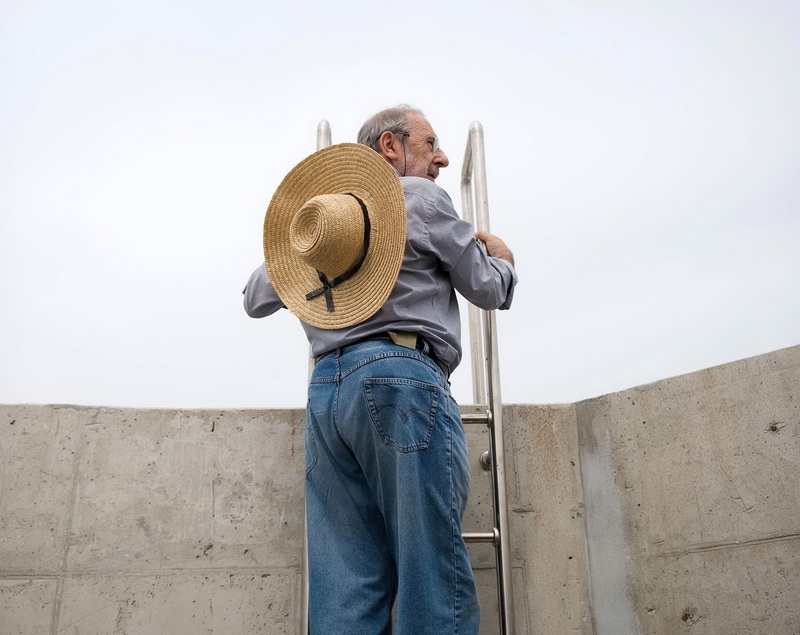
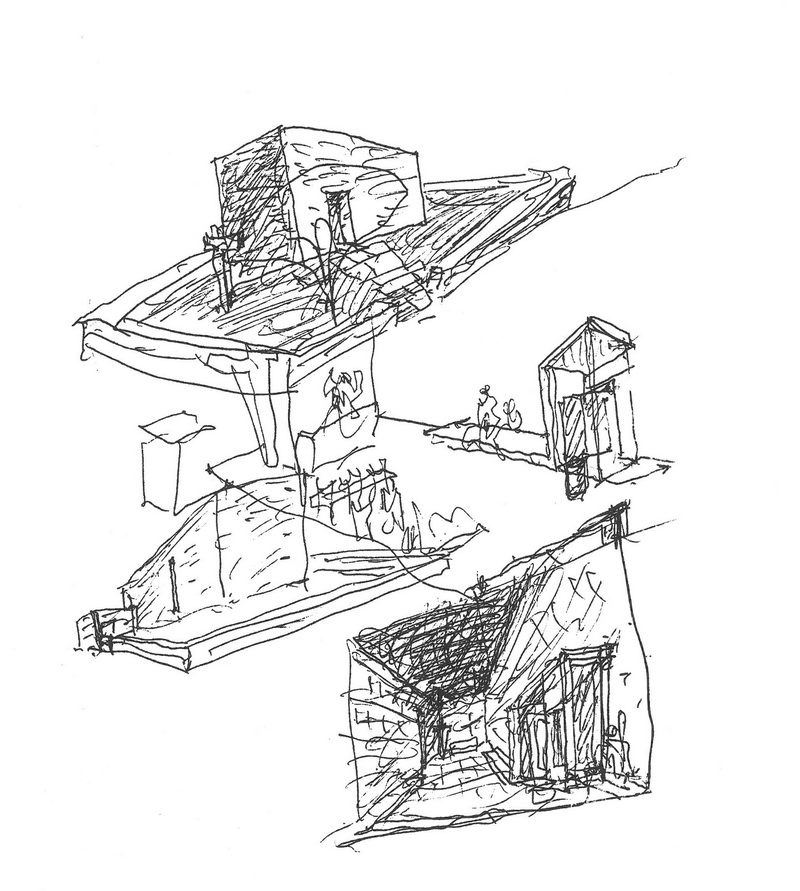
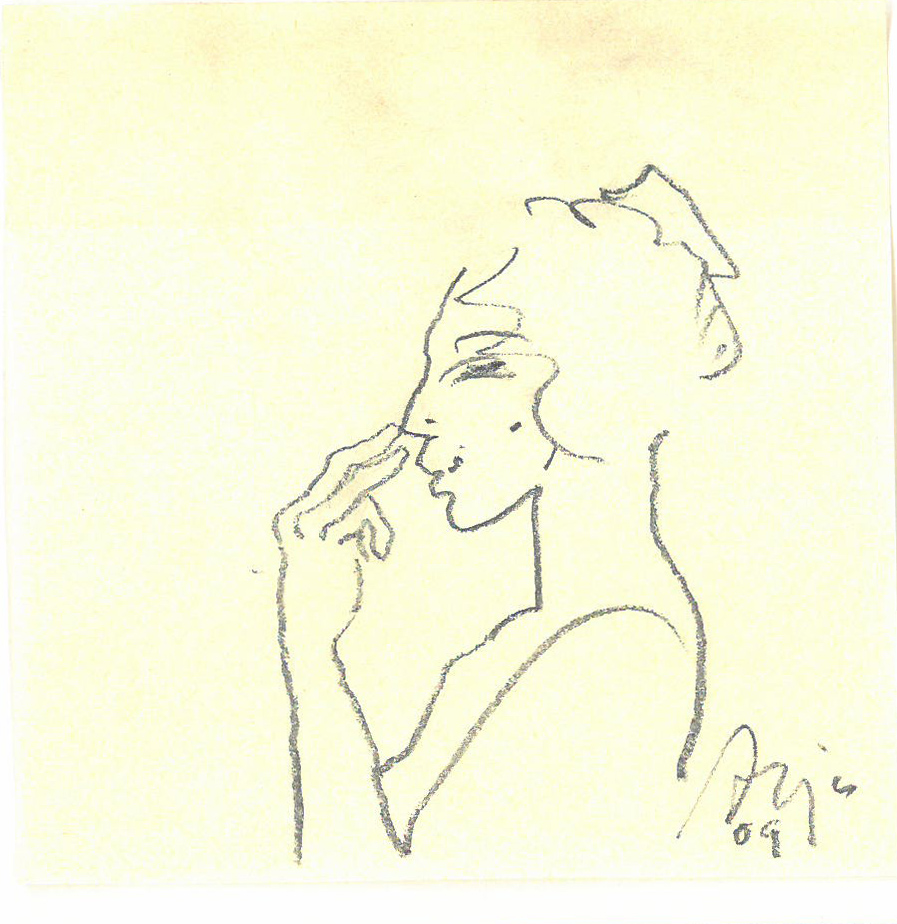
TOMISLAV CIKO (1930. - 1982.)
POST FESTUM
paintings, drawings, sculptures
April 20th – June 1st, 2013
Exhibition devised by: Ivan Viđen, Dr. Rozana Vojvoda
The exhibition of Tomislav Ciko entitled Post festum presents works created between mid sixties and early eighties of the twentieth century; paintings, drawings, sculpture and reliefs mostly from private collections.
After works varying in style and value, from the middle of the sixties, in the early seventies Ciko developed his distinctive style in which he simplified the motif and formed a blotted, multilayered, dense and vibrant painting surface, the main vehicle of expression.
His most successful works showing nostalgic melancholic feeling of life are spiritualised landscapes and depictions of ecclesiastical architecture from Boka kotorska as well as Dubrovnik vedutes such as the series Post festum (1973/1974). It consists of four oils on canvas showing a specific moment of Dubrovnik reality when from the glare and bustle of summer, after the closing of the Summer Festival, it heads towards the wastes of winter.
In the drawings Ciko seems to have become another artist. The lapidary stroke, the spare expression, the extreme condensation are uncommonly related to a never completed stratification of the paintings. He drew scenes from the Dubrovnik Summer Festival, did phantasmagoric scenes and self-portraits and produced elegant drawings of trees influenced by the Chinese print. The most frequently chosen human figure was the tragic character of Don Quixote, whom he represented not only in a multitude of sketches but also in a little figurine of copper sheets.
Biography:
Tomislav Ciko, whose descent was from an old Boka Kotorska family, was born on February 26, 1930 in Požarevac, where his father was employed. When the Second World War arrived in the region in 1941, the family moved via Kotor to Dubrovnik. There he went to secondary school and took his leaving exam in 1950. When he had to go to Zagreb for treatment of his tuberculosis, he was able to attend some drawing classes and other lectures at the Academy of Fine Arts. However, his uncertain state of health and the return of his illness prevented Ciko from enrolling as a student and thus obtaining a diploma.
He was an active member of the Croatian Artists Association and took part in all the activities of the Dubrovnik branch from the mid-1960s. For a number of years he contributed artworks to journals and papers (Vjesnik, Slobodna Dalmacija, Dubrovački vjesnik and Mogućnosti). He resided not only in Dubrovnik, but at times also in Prčanj and Cavtat. Ciko died in Dubrovnik on January 9, 1982.
JOURNEY THROUGH MOODS
ROBERT FARBER, PHOTOGRAPHS
April 9th – May 30th, 2013
The exhibition of American photographer Robert Farber comprehends works created since the end of the 1960s. They comprise a unique diversity of subjects; the exhibition shows ninety-two photographs from various series that take as their subjects the female nude, landscapes, details, interiors, the people of his country; New York, seas and oceans all around the world. To a lesser extent commercial photographs are also featured (fashion and advertising); because of their sheer quality, they too have become a part of artistic discourse.
Rober Farber: The images in this exhibition are pigment prints. They have been digitally produced on Somerset Fine Art archival paper....At an early age I had a desire to be a painter, I worked in oils and watercolors. When I started as a photographer the use of certain films and filters gave me the painterly look that I was after However, printing the images were limited to a straight photographic process. So, when digital printing was introduced, I experimented with various papers and was able to go back to the original fine art paper that I used for my watercolors, Somerset Fine Art .
Biography:
Robert Farber (February 29th , 1944, Newark, New Jersey)
Robert Farber’s style has influenced generations of photographers. His painterly, impressionistic style captures the essence of composition in every genre, including nudes, still life, landscapes and architecture. His ten photo art books have sold over half a million copies.
Jacqueline Kennedy Onassis brought Farber into Doubleday for the publication of his book “By The Sea,” which won the Art Director’s Award for color photography. Aside from numerous creative awards, Robert Farber also received the Photographer of the Year from PMA (Photographic Manufacturers Association), ASP International Award from the PPA (Professional Photographers of America) and The American Society of Photographers. This award was given to those who’ve made a significant contribution to the science and art of photography. Some previous recipients of this award include Dr. Edwin Land (inventor of the Polaroid), George Hurrell, and National Geographic.
Farber’s work with nudes in fine art as well as in the commercial realm is known and respected. He has lectured for Ogilvy & Mather on the “Nude in Advertising.” ASMP requested to use Farber’s nudes as an examples of the artistic application in support of the National Endowment of Arts, after its backing of the controversial Mapplethorpe/Serrano exhibit. His book, “Farber Nudes,” was also included the Jacqueline Kennedy Onassis estate collection.
Farber’s fine-art photographs have been published in virtually every form. Farber has exhibited in galleries and museums world-wide. He’s lectured at the Smithsonian Institute, The George Eastman House, as well as Universities and professional groups throughout the United States, Japan, Australia and Europe. Aside from his fine art photography, Robert Farber’s work encompasses major campaigns for fashion, beauty and advertising, as well as directing for TV and film. A documentary highlighting Farber’s life and career, is in development for PBS.
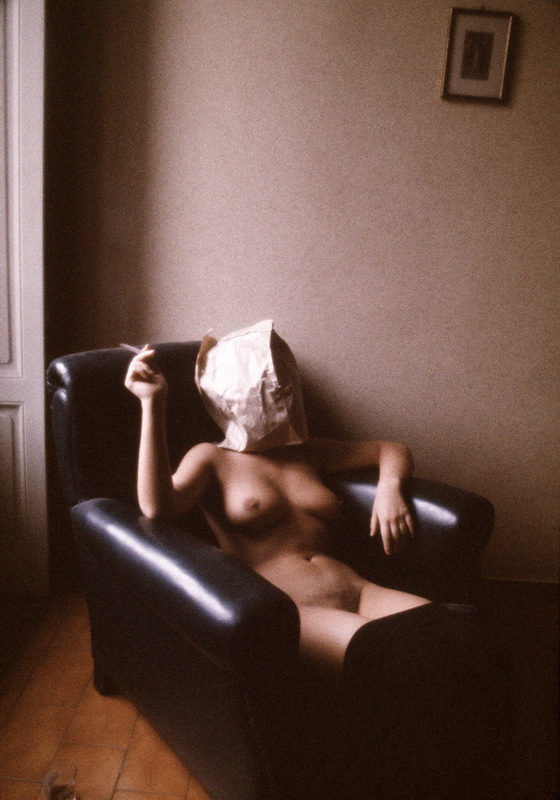
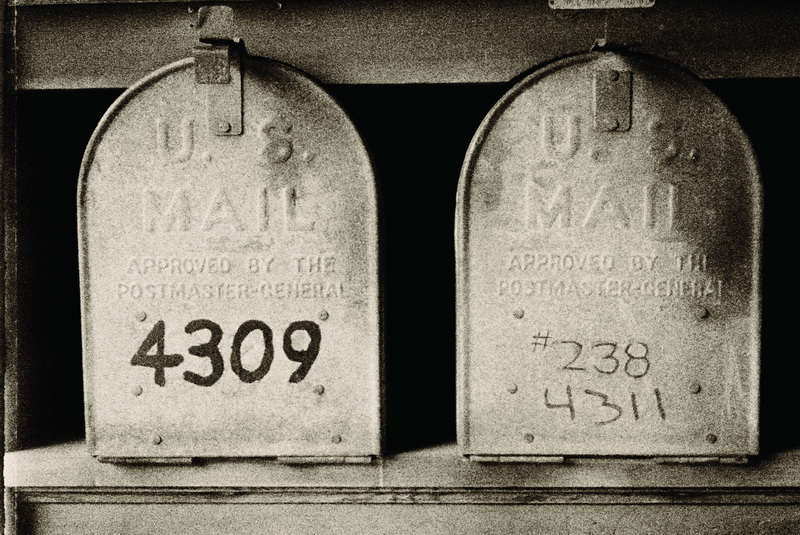
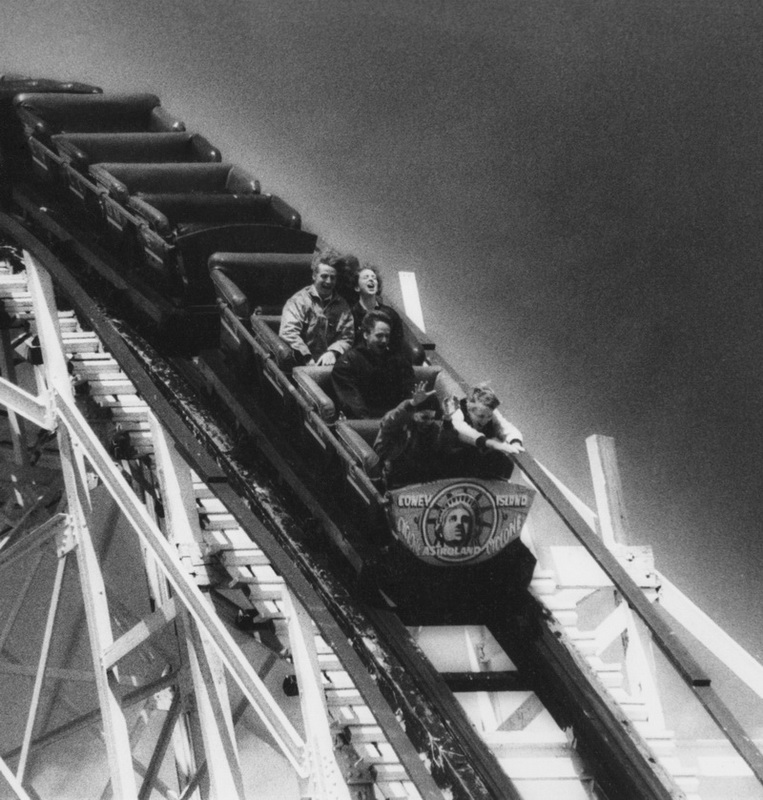
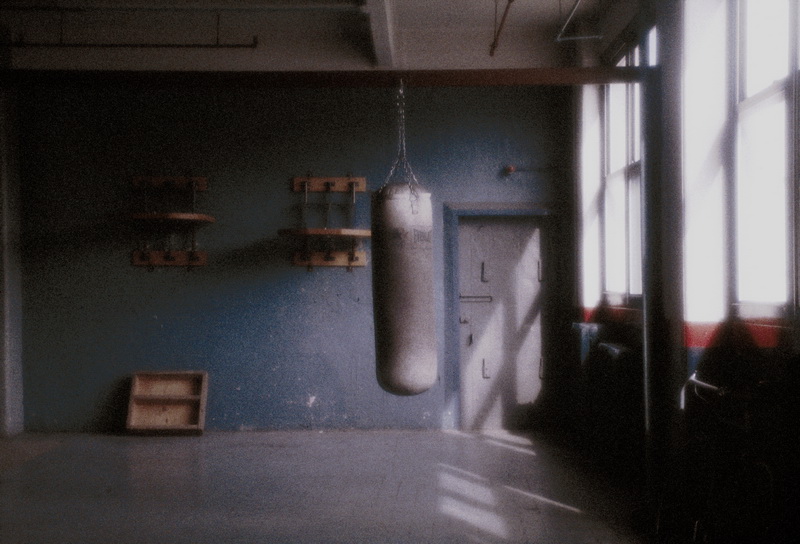
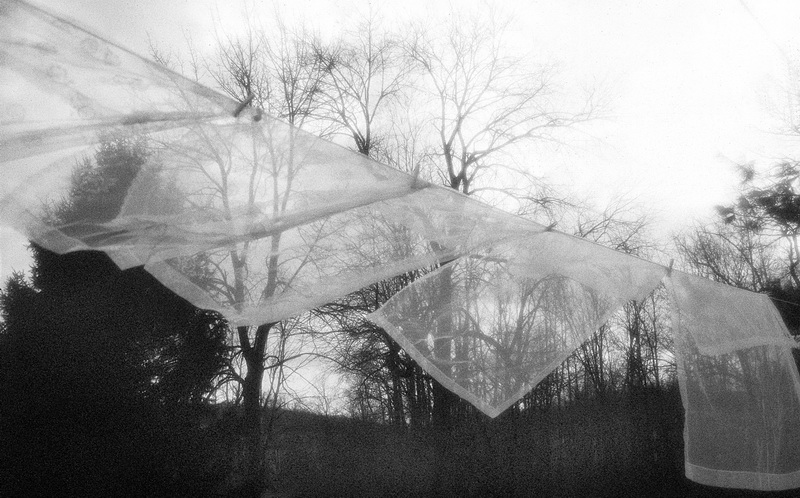
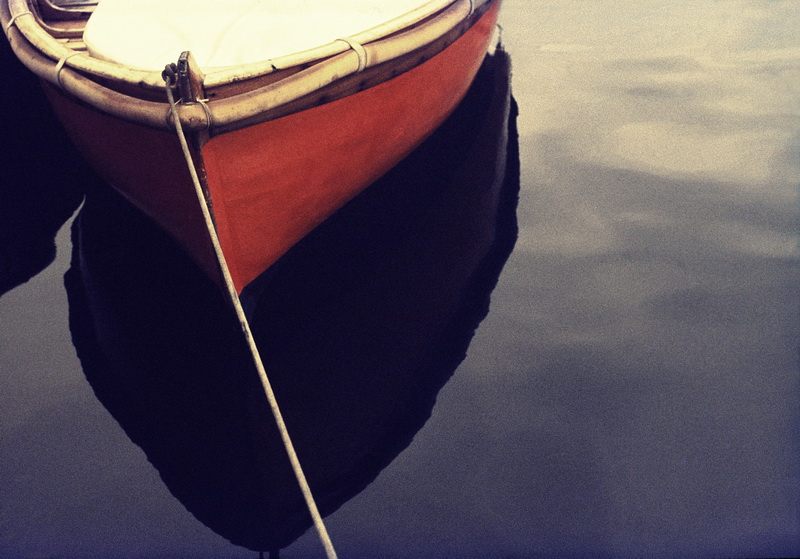
PETER KNAPP – FLOWERS AND GARBAGE (TWO KIND OF FLOWERS)
The exhibition has been made in collaboration with Gallery Futura, Zagreb
March 9th – April 7th, 2013
The exhibition Flowers and garbage (Two kind of flowers) by internationally renowned photographer Peter Knapp presents twelve photographs created in 1970 and six created in 2007. In 1970 working for the Elle magazine, Knapp takes highly professional fashion photographs of clothes in a strange location in Chartres. It is the house of a postman who covered the house walls, exterior floors, chairs…with an abstract-figurative mosaic with dominant floral patterns.
The models pose and the patterns and colours of the dresses and jewellery blend with the surrounding. These shots do not show fashion (clothing) as a sphere of light signs; it is represented as an organic part of the interspace wherein one can realise the poetry of the moment of understanding man's ephemerality.
The second part of the photographic story takes place in 2007, when Knapp goes to Saint – Girons beach in the Bay of Biscay and becomes aware of the Atlantic Ocean mazut pollution. On the beech, Knapp creates fragile three-dimensional objects employing the junk that he discovered (plastic bottles, for instance), showing and denoting the idea of a flower and documents them with the sea and the sky in the background. The photographer develops negatives and creates the colouristic inversion, which accentuates the endangered condition of nature’s elementariness.
These two series of photographs incorporate two kinds of flowers; one visually luxurious in its lines, forms and colours; one reduced to the minimalist visual language. The story that belongs to the previous century is dreamlike, containing lightness and the world of absence and dream; whereas the recent photographic story tells about emotion and ethical evaluation of the relationship between man and the world….
BIOGRAPHY
Peter Knapp was born in 1931 in Bäretswil, Switzerland. He took his first photographs in 1945, and in 1947 he enrolled at an art school in Zürich where he trained as a graphic designer. He also began to paint, and in 1952 went to Paris to study at the École des Beaux-Arts. He was noted for his skills as a page designer and his taste for typography, and was given a job at the Galeries Lafayette department store, where he soon became art director in charge of window-dressing and advertising. Following this Hélčne Lazareff took him on to design the layout of a magazine she had just taken over, Le Nouveau Femina. This marked the beginning of an intense period of collaboration which was to continue at the magazine Elle which Lazareff had launched after the war, and for which Knapp was to work from 1959. His name is closely associated with Elle ; though he left the magazine in 1966, he returned in 1974, commissioning major fashion photographers such as Jeanloup Sieff, Sarah Moon and Oliviero Toscani. For many years he was both art director and photographer, experimenting with all sorts of unusual techniques - even using images clipped from 16 mm films. This taste for experimentation was even more pronounced in his personal work. In 1964, he stopped painting altogether and focused on photography. With the help of people like art critic Pierre Restany, he was one of the first artists to exhibit large-format colour photographs in galleries, at a time when most photographers were still producing black and white images in conventional formats. In parallel with commissions from the fashion world (he worked for almost 25 years with the couturier André Courrčges), Knapp continued his work as an artist. He drew inspiration from several themes, including the sky, its colours, and the events that can occur to interrupt its unity. Ahead of his time, he planned and conceptualized his images in such a way that they express the passage of time and the marks it leaves behind on the sky and the natural landscape. After his lengthy collaboration with Elle and other magazines such as Stern, Vogue and the Sunday Times Magazine, his desire for freedom became stronger and he gradually focused more on his personal work - though he retained a keen interest in page design. He was involved in a range of publishing projects, including the astonishing encyclopedia entitled Le Livre de la Santé (The Book of Health, 1967) whose pages he designed using the work of famous illustrators and photographers - a totally unexpected approach in this type of book. He designed the page layout for a number of art books, including an award-winning book on Giacometti in 1991. In 2002, he directed three films on the history of photography for TV5 and in 2006, a 52 minutes documentary film on Van Gogh, les derniers jours ŕ Auvers-sur-Oise (Van Gogh, the last days in Auvers-sur-Oise).
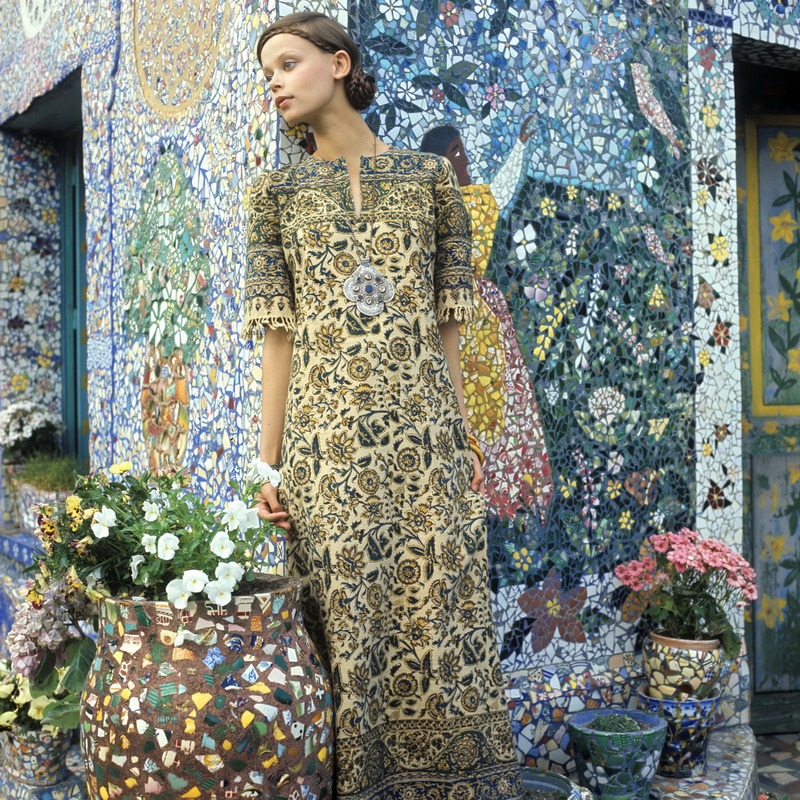
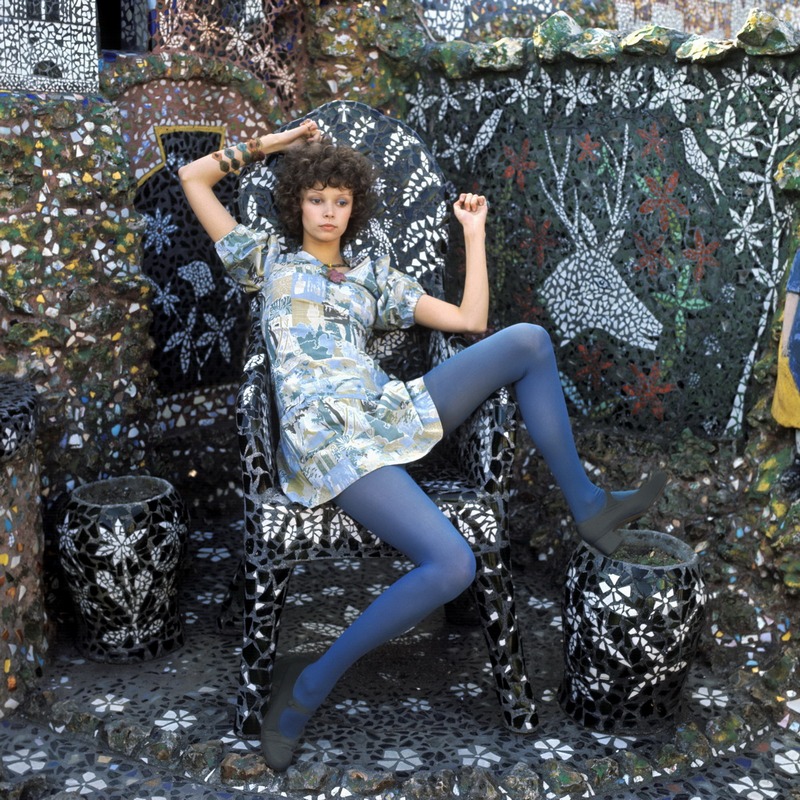
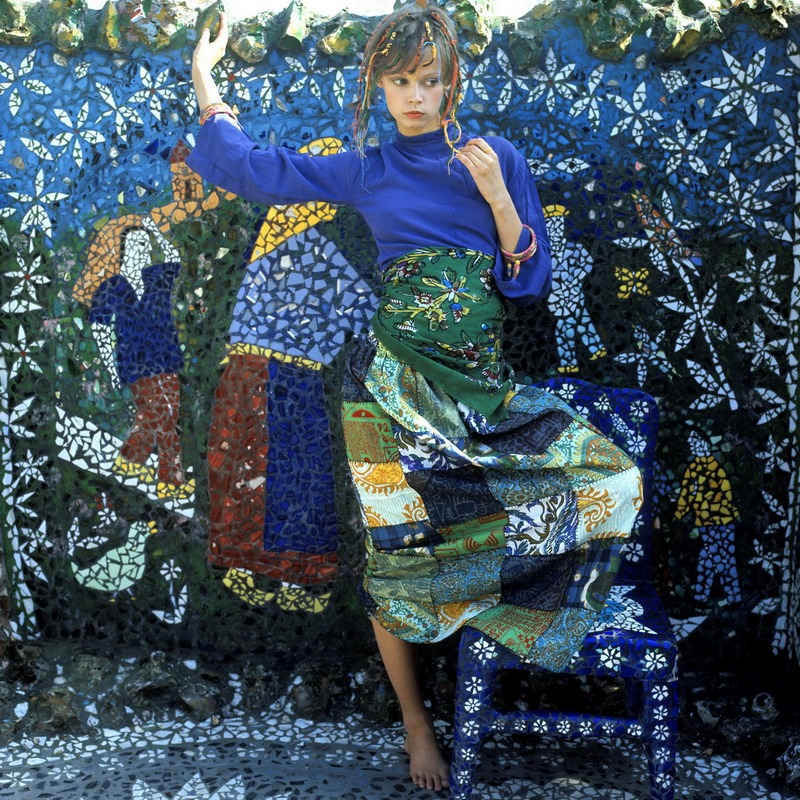
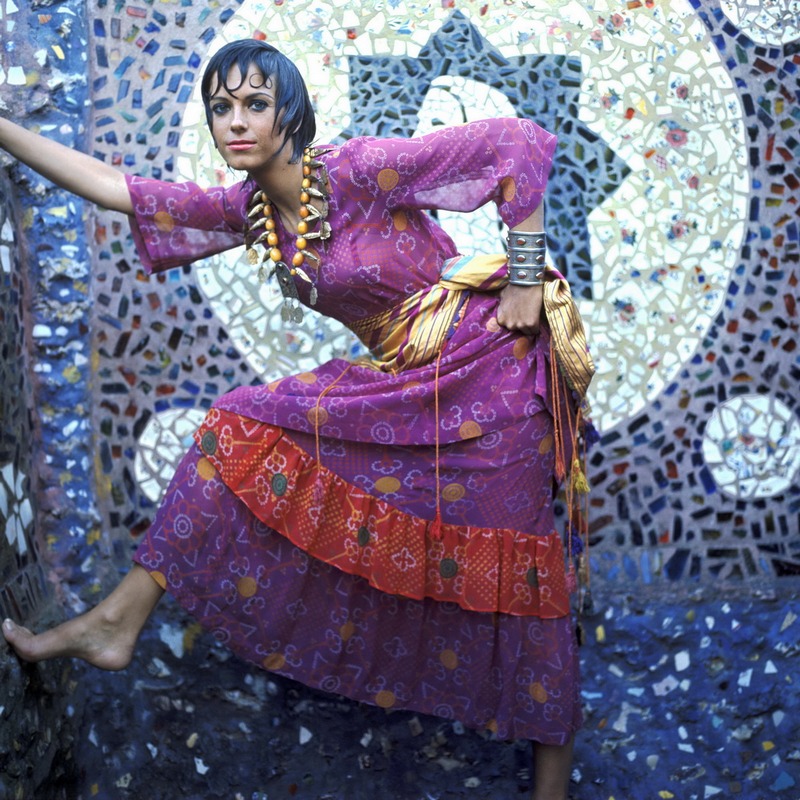
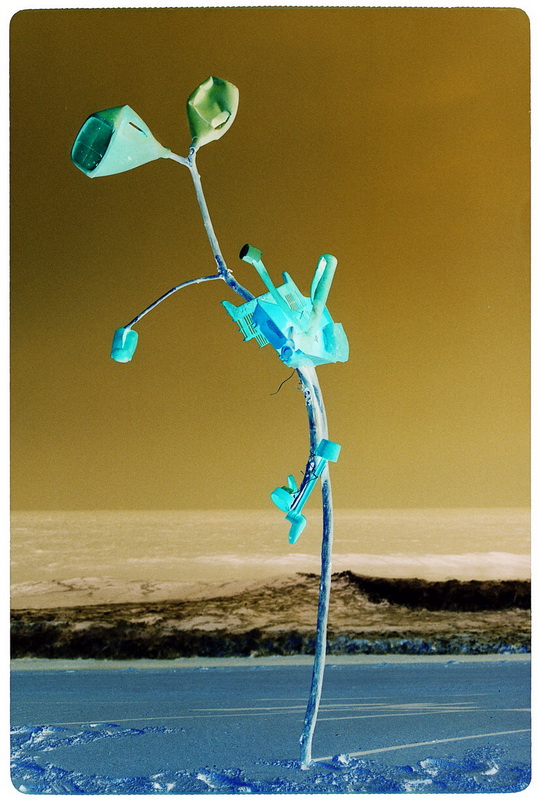
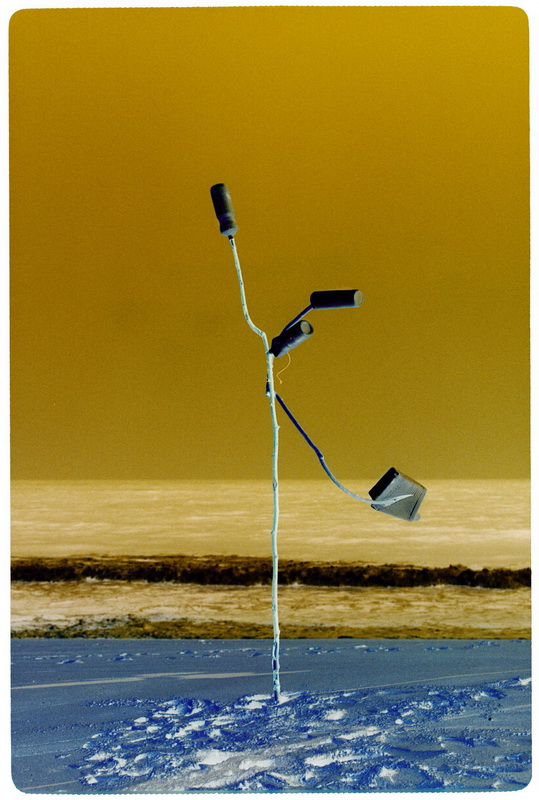
MODERN AND CONTEMPORARY ART
from the holdings of the Museum of Modern and Contemporary Art Dubrovnik
January-March, 2013
Exhibition devised by: Petra Golušić, Dr. Rozana Vojvoda
The exhibition Modern and contemporary art from the Holdings of the Museum of Modern and Contemporary Art Dubrovnik, presents a selection of works from the lavish collection of modern and contemporary art, which numbers more than two thousand four hundred paintings, sculptures, prints, drawings, photographs, installations and video works.
The collection of MOMCA Dubrovnik features works of almost all the best known Dubrovnik and national painters, printmakers and sculptors. Particularly prominent are names of the founding fathers of Croatian modern art: Vlaho Bukovac, Mato Celestin Medović, Ivan Meštrović, Emanuel Vidović.
On this occasion first time after being restored, Vlaho Bukovac’s monumental painting The allegory of art (sculpture), 1897 is presented to the public. Along with three more monumental allegories, this painting was made for Bukovac’ studio in Zagreb.
Then come almost all the important names of Croatian art of the 20th century: Menci Clement Crnčić, Robert Frangeš-Mihanović, Frano Kršinić, Miroslav Kraljević, Vladimir Becić, Oskar Herman, Vilko Gecan, Milivoj Uzelac, Ljubo Babić, Marino Tartaglia, Oton Postružnik, Vanja Radauš, Krsto Hegedušić, Ivan Lozica, Ivo Dulčić, Antun Masle, Đuro Pulitika, Dušan Džamonja, Vojin Bakić, Kosta Angeli-Radovani, Edo Murtić, Oton Gliha, Branko Ružić, Josip Vaništa, Marijan Jevšovar, Ivan Kožarić, Julije Knifer... as well as contemporary artists such as Braco Dimitrijević, Goran Trbuljak, Željko Jerman, Igor Rončević, Duje Jurić, Vlasta Žanić, Siniša Labrović, Slaven Tolj, Mara Bratoš, Viktor Daldon, Ivan Skvrce…
Through the holdings of the Gallery, then, it is possible to follow almost all the characteristics of modern and contemporary Croatian art and the changes that it went through, in synch with contemporary events in Europe during the period from the end of the 19th century until the present day. The collection includes art with the properties and reflections of Impressionism and Art Nouveau, various Expressionist and colourist versions of the authentic local tones; the beginnings of the socially-toned painting of the Zemlja group of the 1930s, Abstract art, of both the organic and the geometrical type of the 1950s and 1960s; there are representatives of the Conceptual Art of the 1970s and the post-modern painting tendencies of the 1980s; and there are entirely contemporary versions of extended-media art, including photography, video, performance art and installations.